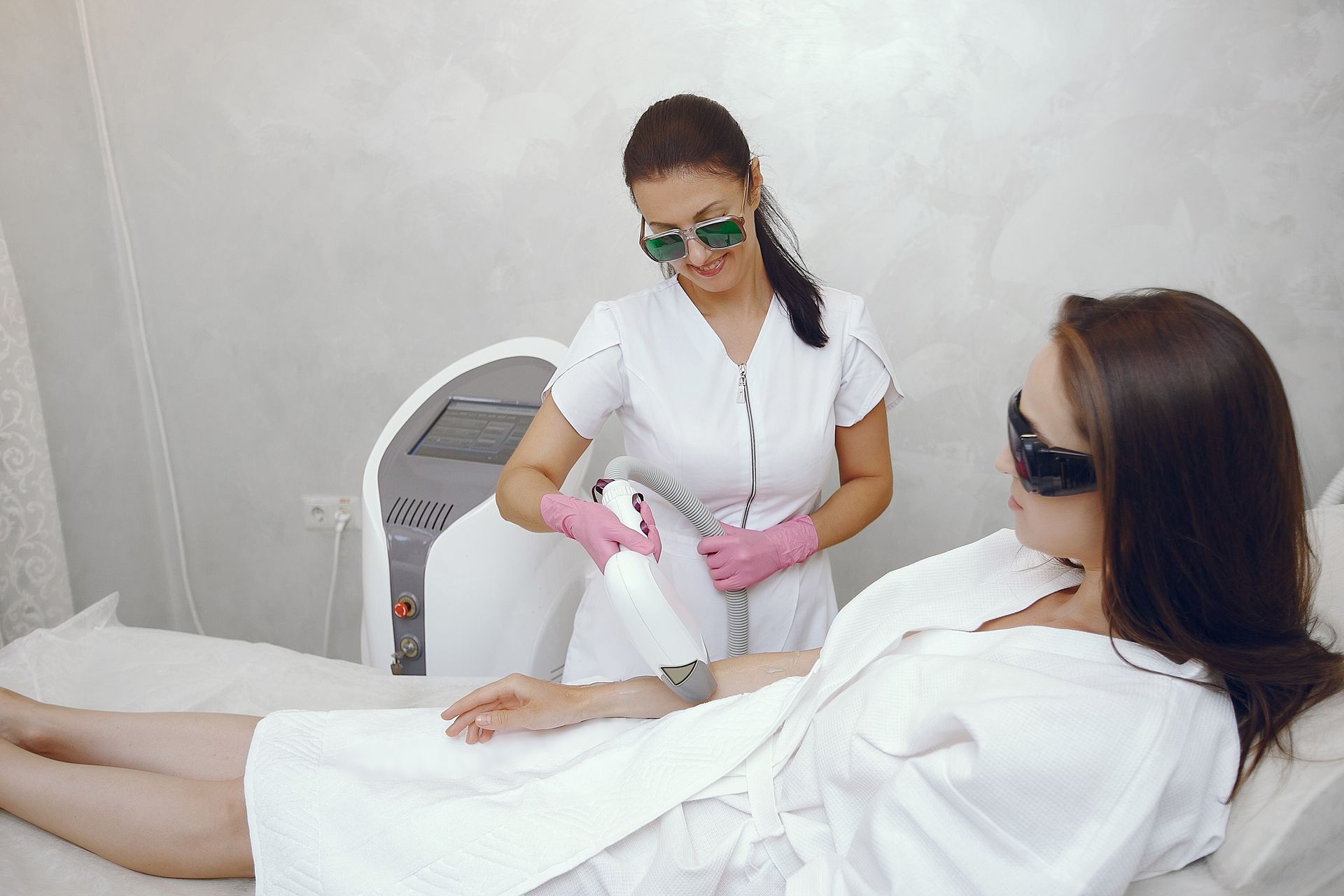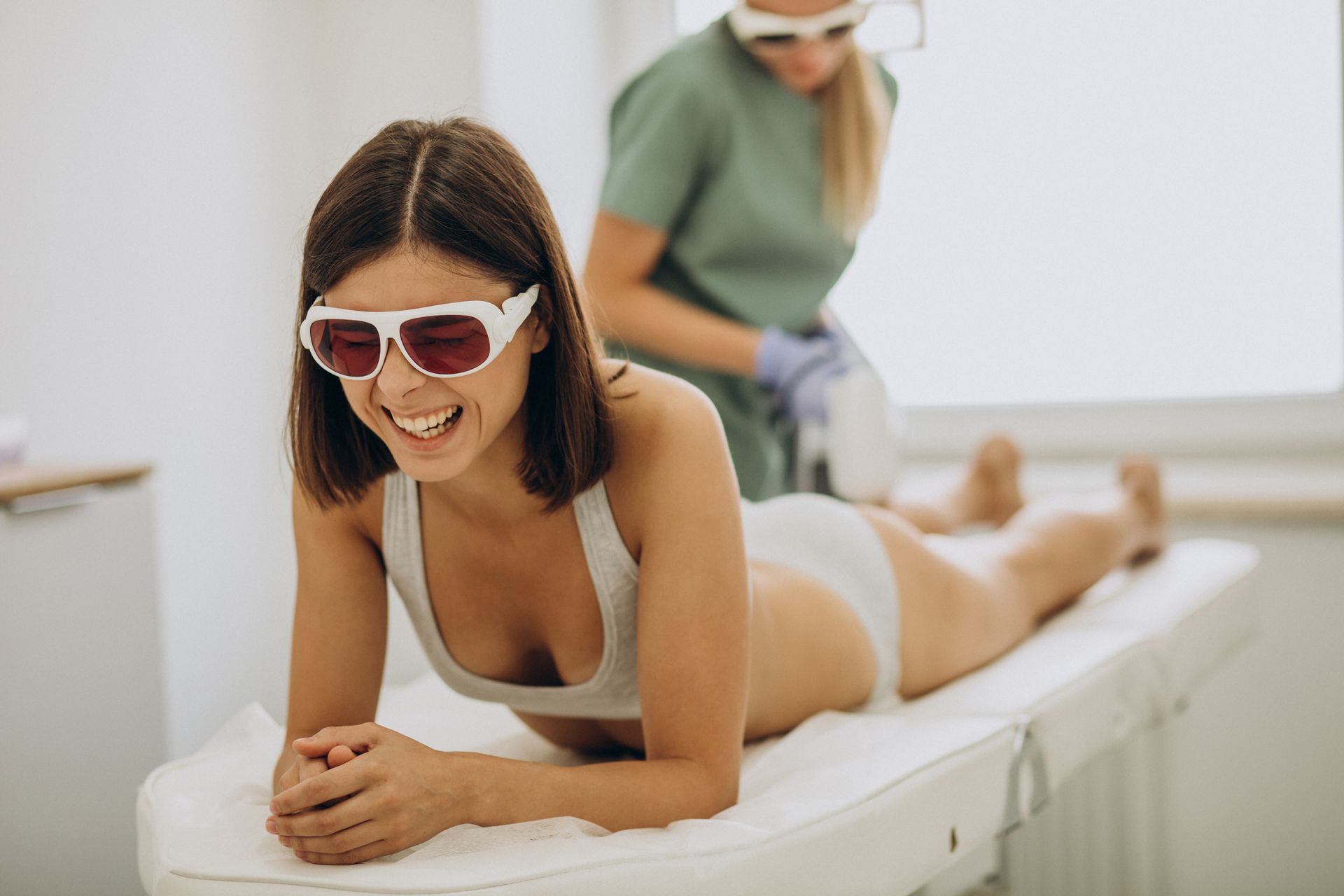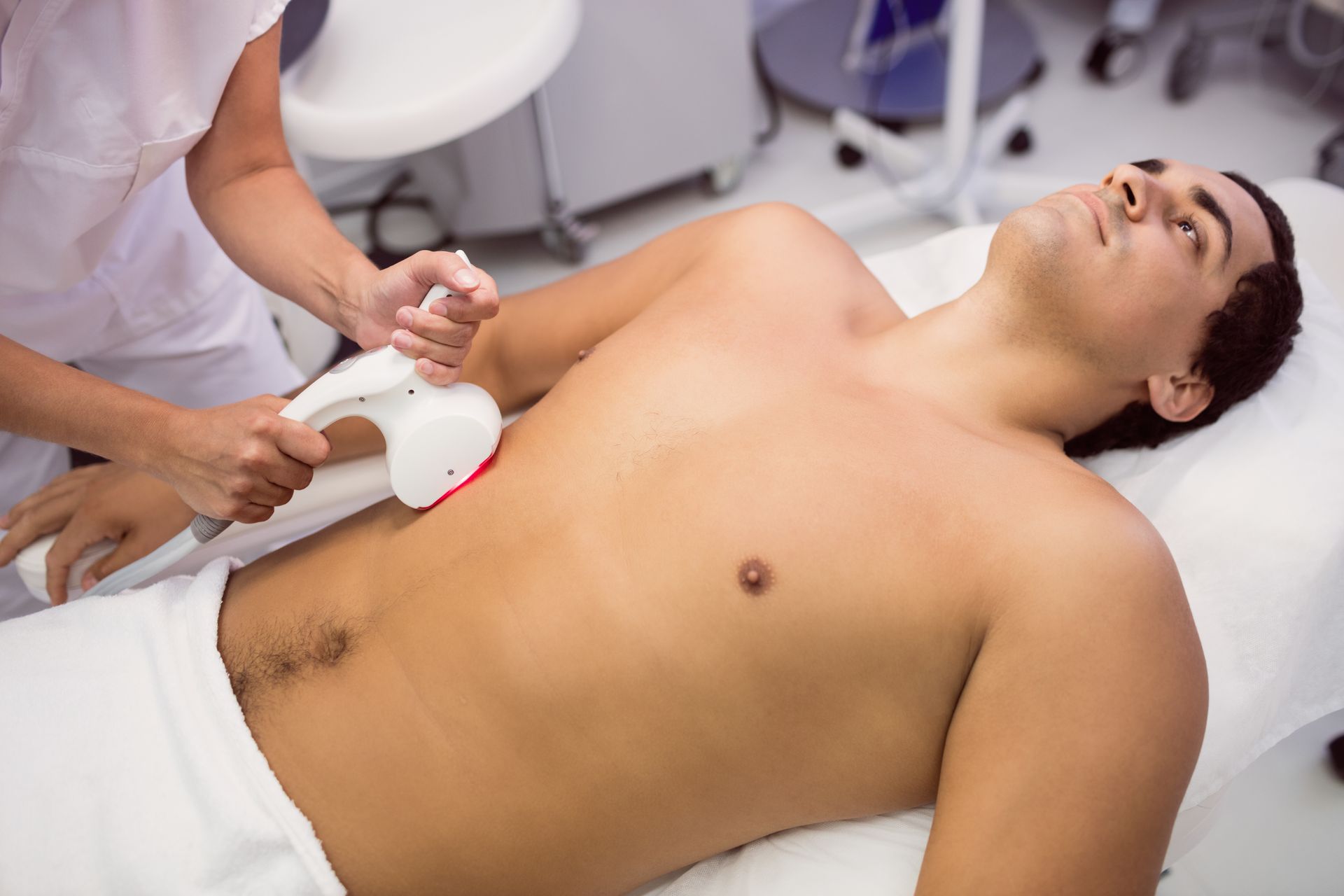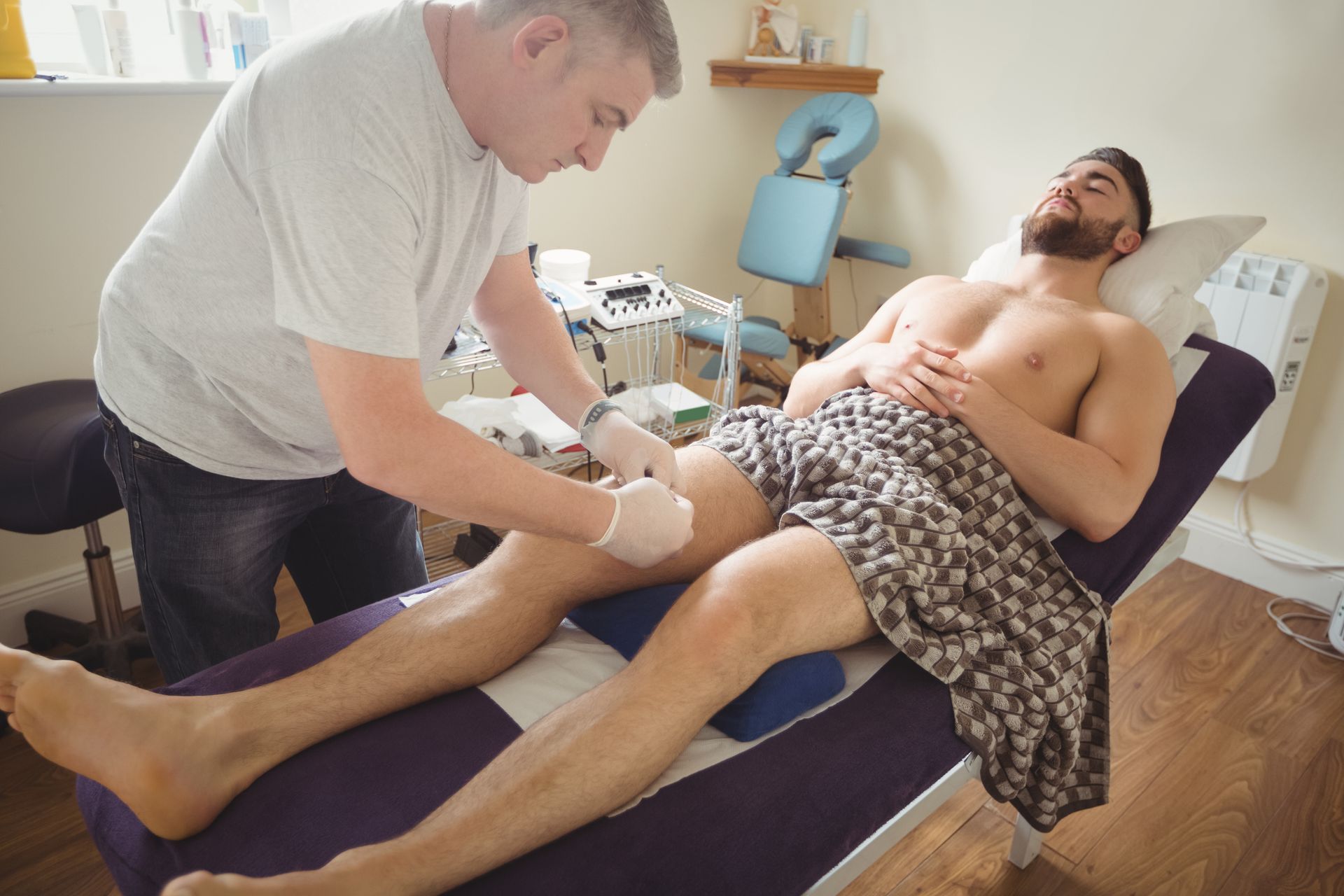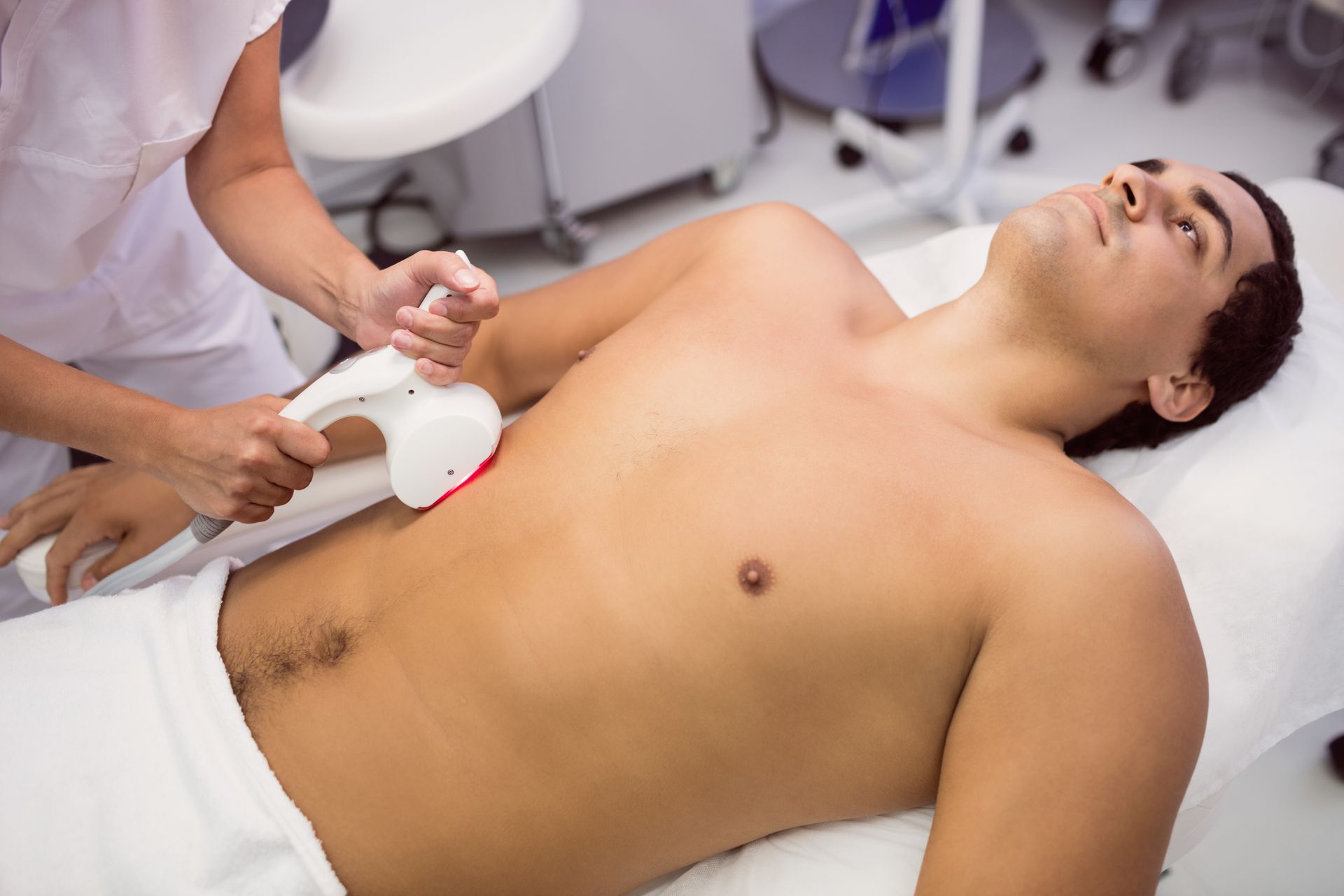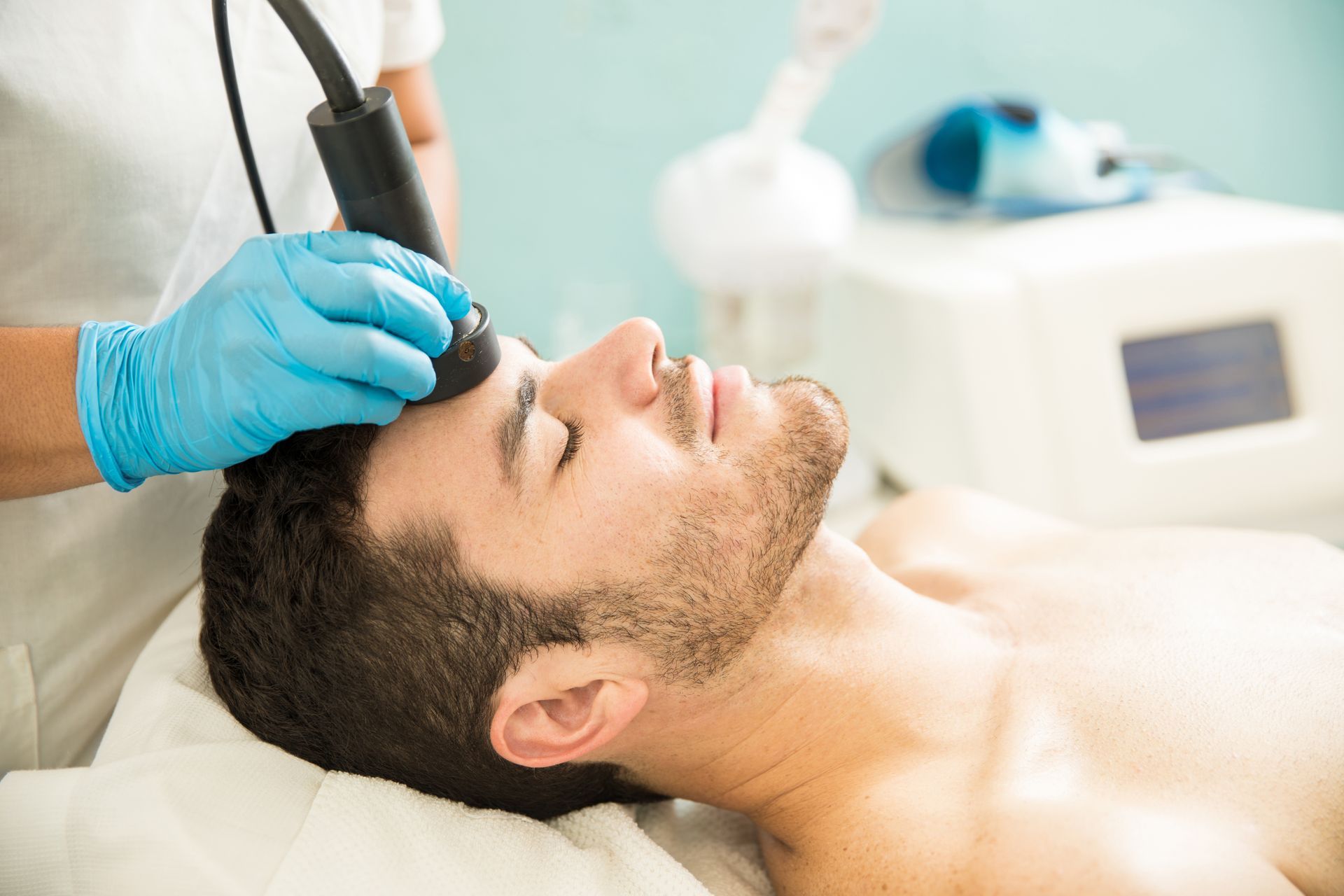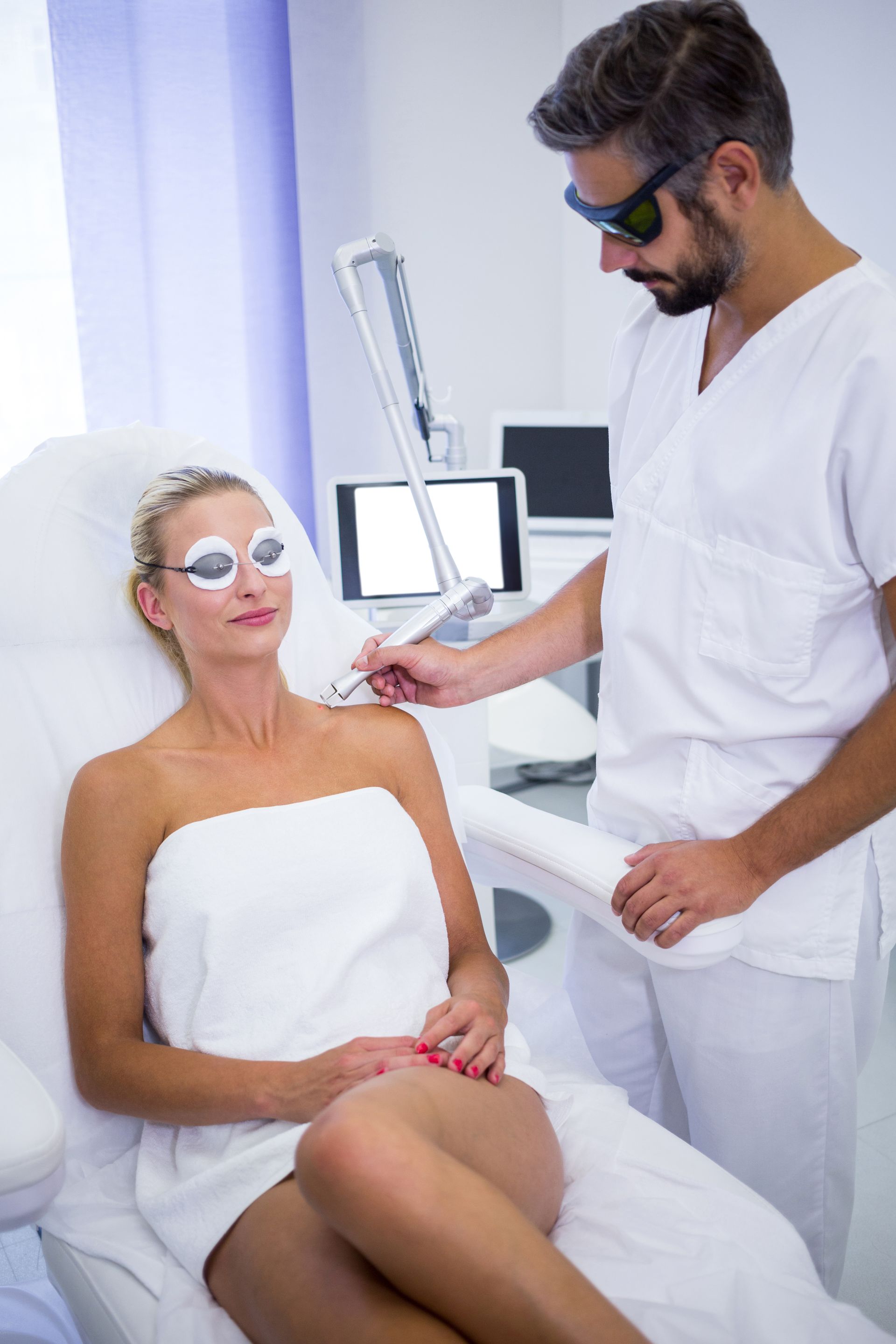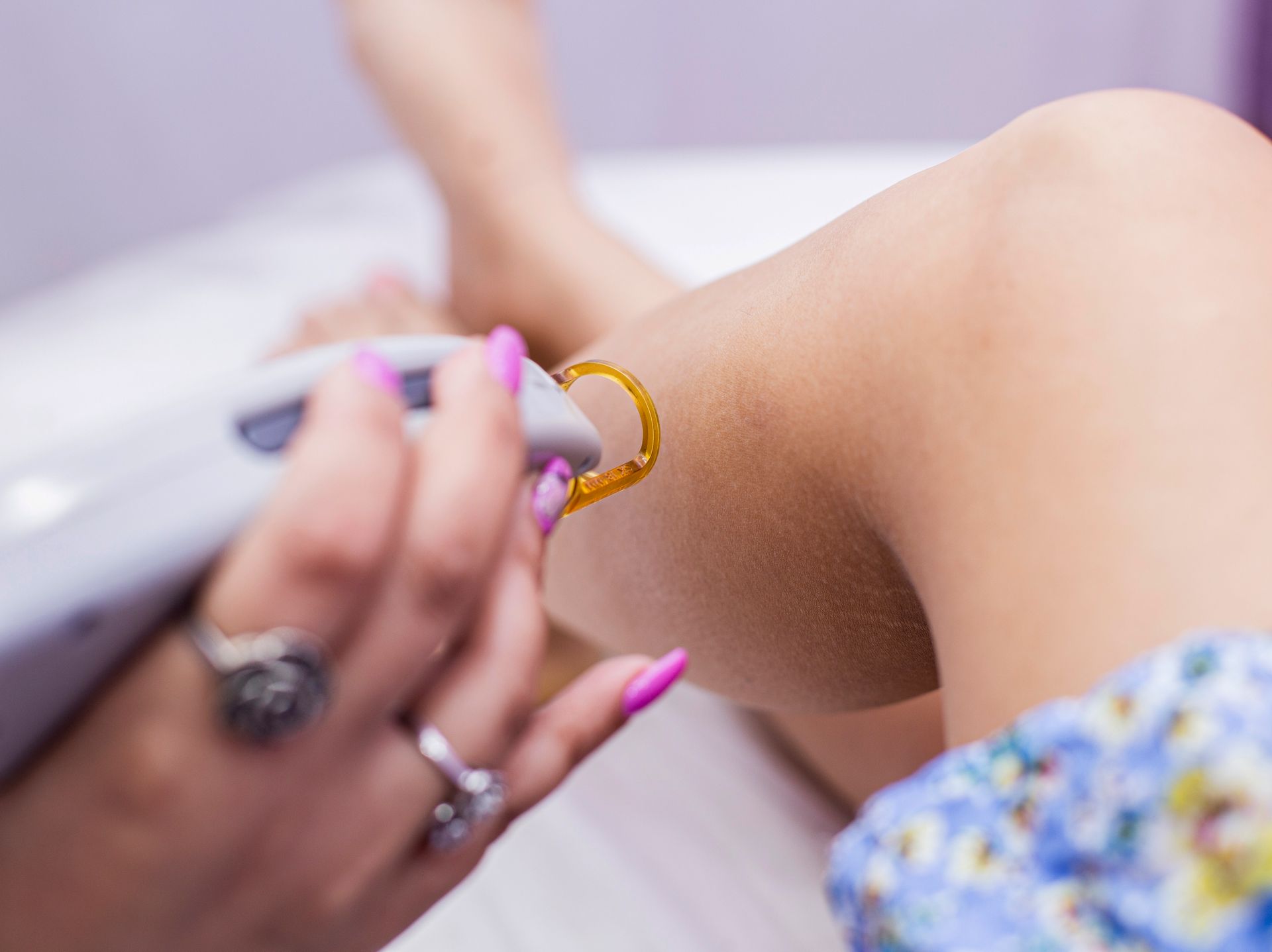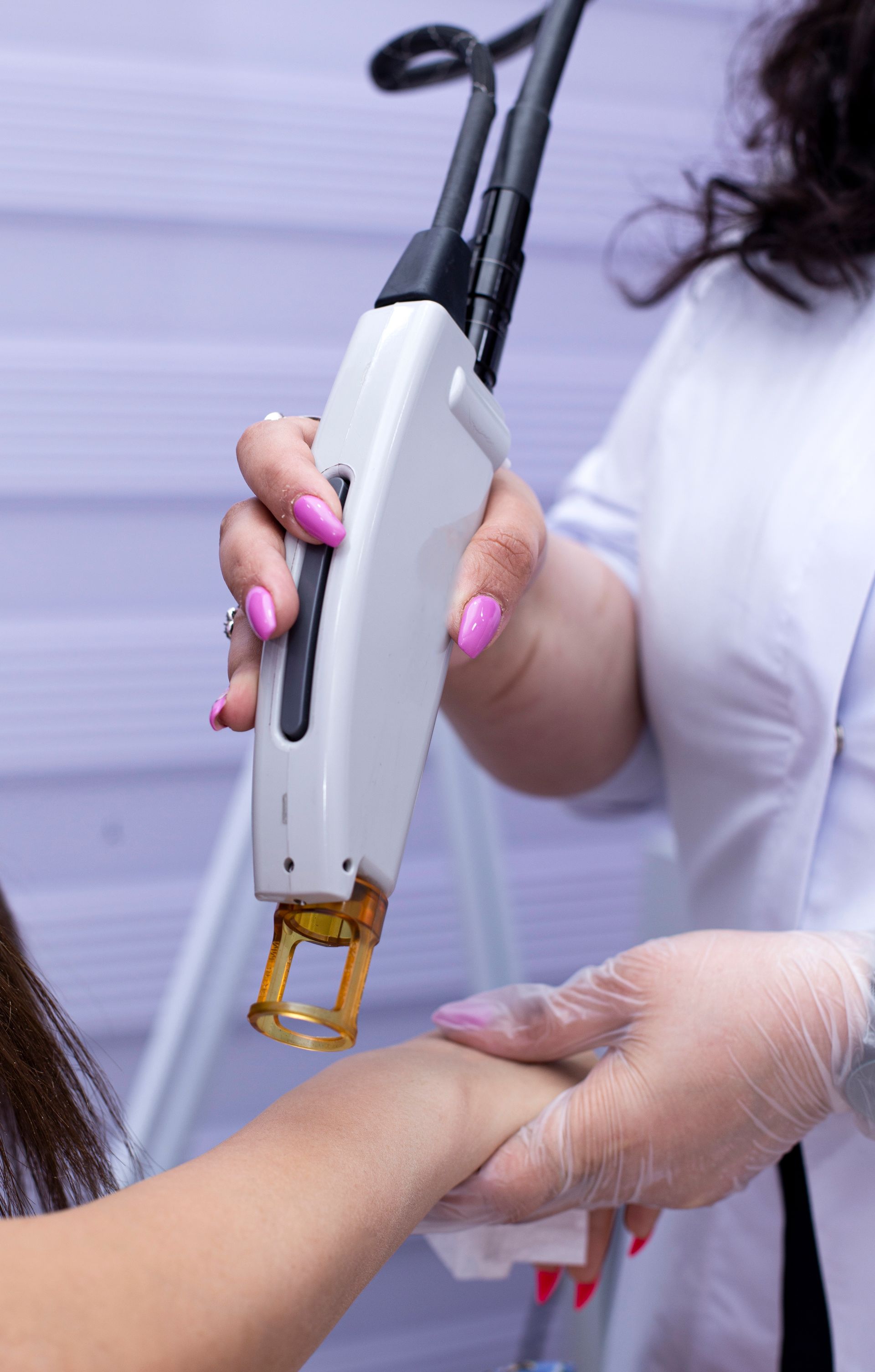Does Laser Hair Removal Work on Men’s Faces? A Complete Guide
In a world where grooming meets technology, laser hair removal has emerged as a revolutionary solution to unwanted hair — and it’s not just for women. More and more men are turning to this treatment to achieve smoother, cleaner, and more defined facial aesthetics. But does laser hair removal really work on men’s faces? And if so, what should you know before scheduling your first session? Let’s walk through the entire experience, step by step, with clear insights, expert-backed advice from Huggie Beauty, and answers to the most pressing concerns.
Understanding How Laser Hair Removal Works
At its core, laser hair removal targets the pigment (melanin) in hair follicles. A concentrated beam of light is directed toward the hair, which absorbs the light and converts it into heat. This heat damages the hair follicle enough to delay future growth, and with repeated treatments, hair growth can be significantly reduced or even eliminated in some areas.
On the face, common treatment areas for men include the cheeks, neck, jawline, upper lip, between the eyebrows, and even full beard zones for men seeking a polished, stubble-free look.
But here’s the twist: male facial hair is typically coarser, thicker, and denser than female facial hair, which presents its own set of challenges — and opportunities.
Does Laser Hair Removal Work on Men’s Faces?
Yes — but it depends on several key factors: hair type, skin tone, consistency, and expectations.
Laser hair removal is most effective on dark, coarse hair and works best when there’s a strong contrast between hair color and skin tone. Since many men have exactly that combination — dark beard hair against fair or medium-toned skin — laser hair removal can work quite effectively.
However, results take time and commitment. One session won’t do the trick. Typically, you’ll need six to eight sessions spaced about four to six weeks apart to see significant, lasting changes. Even then, some maintenance may be needed annually or biannually, depending on how your body responds. Read how many laser hair removal sessions for face for better understanding.
What Are the Benefits for Men?
Laser hair removal isn’t just about aesthetics — it’s also about comfort and practicality.
Many men suffer from ingrown hairs, especially in the beard or neck area, due to regular shaving or trimming. Laser hair removal reduces the occurrence of these painful bumps by eliminating the root cause — hair.
It also saves time. Imagine never having to shave daily or deal with razor burn again. It can also provide a more defined beard line for men who want to keep some facial hair but hate shaping it regularly.
And then there’s confidence. Smooth skin can make a person feel more polished, youthful, and put-together. Whether it’s for professional appearances or personal satisfaction, laser hair removal can be an empowering choice.
Step-by-Step: What to Expect from Your Laser Hair Removal Journey
1. Initial Consultation
Before your first zap, you’ll book a consultation with a certified technician — and Huggie Beauty provides complimentary consultations to help men understand what to expect. This is where your skin type, hair density, and treatment goals will be evaluated.
2. Pre-Treatment Preparation
Avoid tanning, sun exposure, and waxing for about two weeks before your appointment. Shave the treatment area a day before (not wax), so the laser can effectively target the hair roots without burning the surface hair.
3. The Treatment Itself
During the session, you’ll wear protective goggles. The technician will apply a cooling gel and begin treating the area using a handheld laser device. You might feel a slight snapping or stinging sensation, similar to a rubber band flick. The pain is generally tolerable and much less intense with advanced cooling technologies used by clinics like Huggie Beauty.
4. Post-Treatment Care
You’ll likely experience mild redness or swelling, similar to a sunburn. Ice packs and aloe vera gel can help soothe the area. Avoid hot showers, intense workouts, and sun exposure for 24-48 hours after your session.
What to do before laser hair removal on face?
Risks and Side Effects: What You Need to Know
No cosmetic procedure is entirely risk-free, and laser hair removal is no exception. Though it’s considered safe when performed by trained professionals, here are a few potential issues to be aware of:
- Skin irritation and redness are the most common short-term side effects.
- Hyperpigmentation or hypopigmentation can occur if lasers are used on inappropriate skin tones or if post-care instructions aren’t followed.
- Scarring is rare but possible if the skin is picked or scratched post-treatment.
- Temporary breakouts may happen due to follicular inflammation.
Why Results Vary: Common Challenges Men Face
Every man’s facial hair is different — and so are the results.
One major challenge is hormonal influence. Men naturally produce more testosterone, which can stimulate hair regrowth even after multiple sessions. This is especially true for younger men, whose hormone levels are higher and more active.
Another issue? Patchiness during the process. Because hair grows in cycles (anagen, catagen, and telogen), only actively growing hairs (anagen phase) can be targeted by the laser. That’s why you need multiple sessions — to catch every hair at the right time.
Men with lighter hair colors — blonde, red, or grey — may also see less effective results, as lasers struggle to detect lighter pigments.
Preventive Measures to Maximize Safety and Results
If you want your facial laser hair removal journey to be smooth, safe, and successful, consistency and care are key.
First, follow all pre- and post-treatment instructions religiously. This includes avoiding tanning, skipping products with retinoids or exfoliating acids before treatment, and keeping the area clean and hydrated afterward.
Second, don’t skip sessions. Stick to your schedule, even if you don’t see instant results. Trust the process — hair cycles and laser efficacy are science-backed, not magic.
Finally, make sure you’re being treated by licensed, trained professionals using state-of-the-art machines. At Huggie Beauty, the team is trained to work with a wide range of male skin types and hair textures, ensuring not only better results but also safer experiences.
Is It Worth It? Long-Term Results and Maintenance
If you’re tired of daily shaving, painful ingrown hairs, or simply want to enjoy a smoother, more polished appearance, the investment in laser hair removal can be well worth it.
The cost can vary depending on the size of the treatment area and the number of sessions needed, but most men find that the long-term savings on razors, grooming products, and time more than make up for the initial expense.
And once you’re done with the full course, you’ll likely only need touch-up sessions once or twice a year, depending on your hormonal levels and hair regrowth.
Final Thoughts: Should You Go for It?
Laser hair removal does work on men’s faces — and it works well, especially when done correctly and consistently. While it might not completely eliminate every single hair for everyone, it significantly reduces hair growth, sharpens your features, and simplifies grooming.
With the right provider, like Huggie Beauty, you’ll not only see smoother skin but also experience the comfort of personalized care, professional expertise, and long-lasting results.
So, if you're ready to ditch the razor and level up your grooming game — this might just be the treatment your face has been waiting for.
BOOK YOUR FREE SESSION
